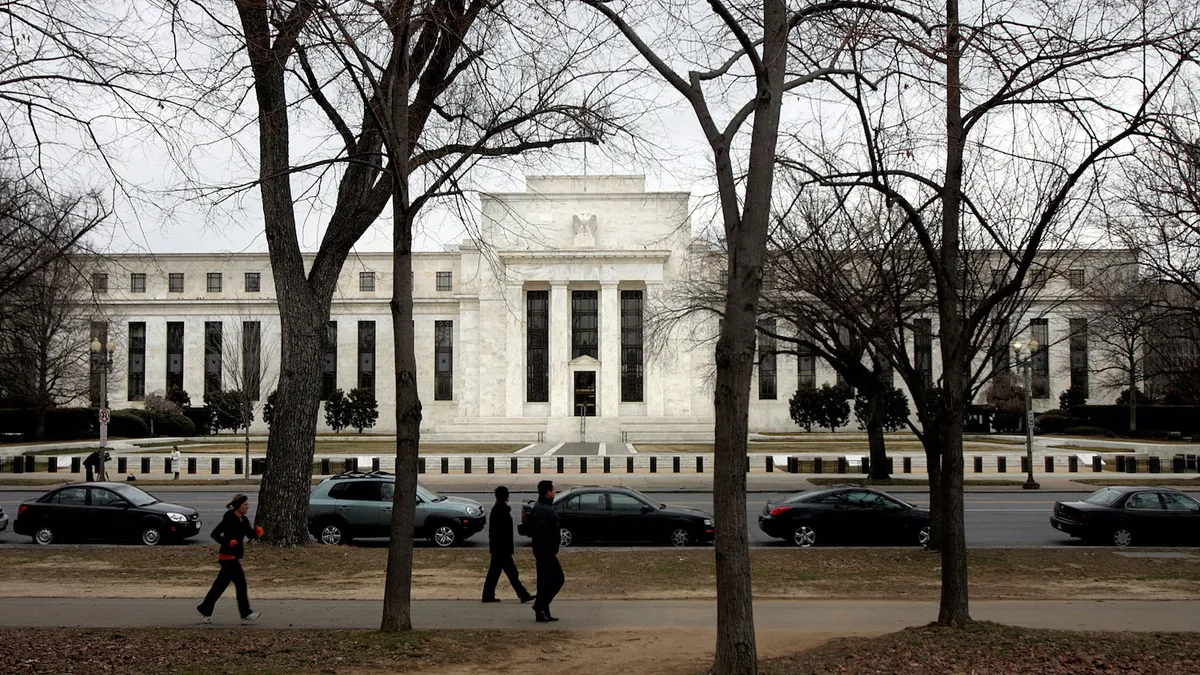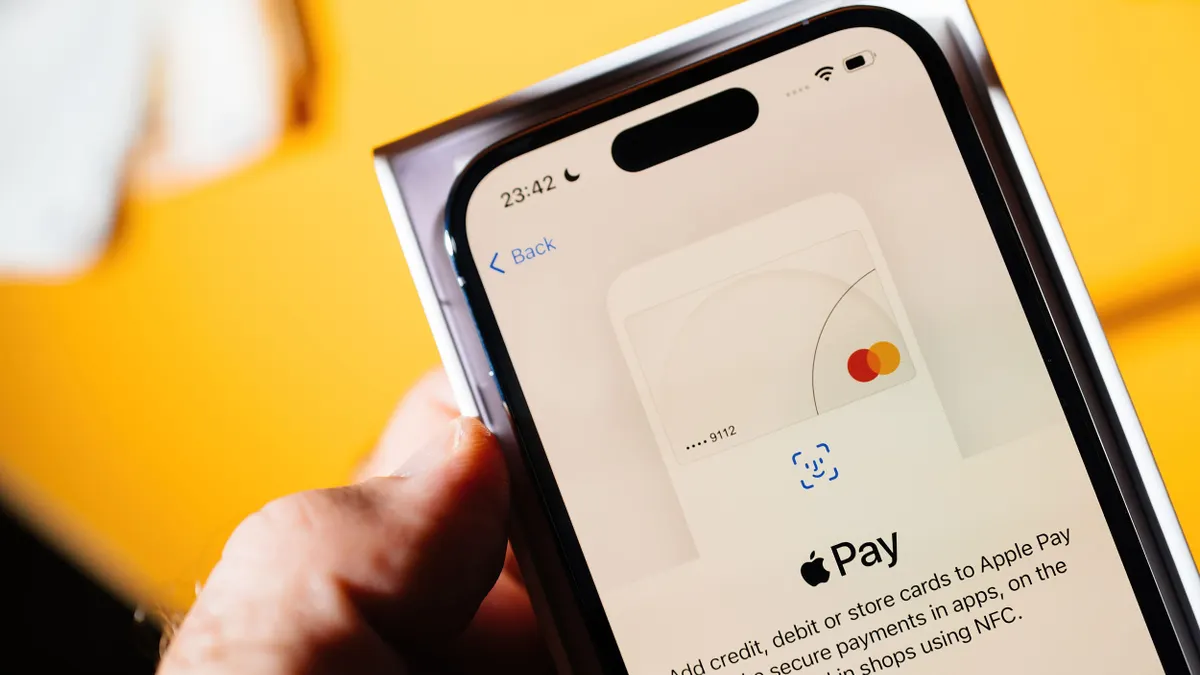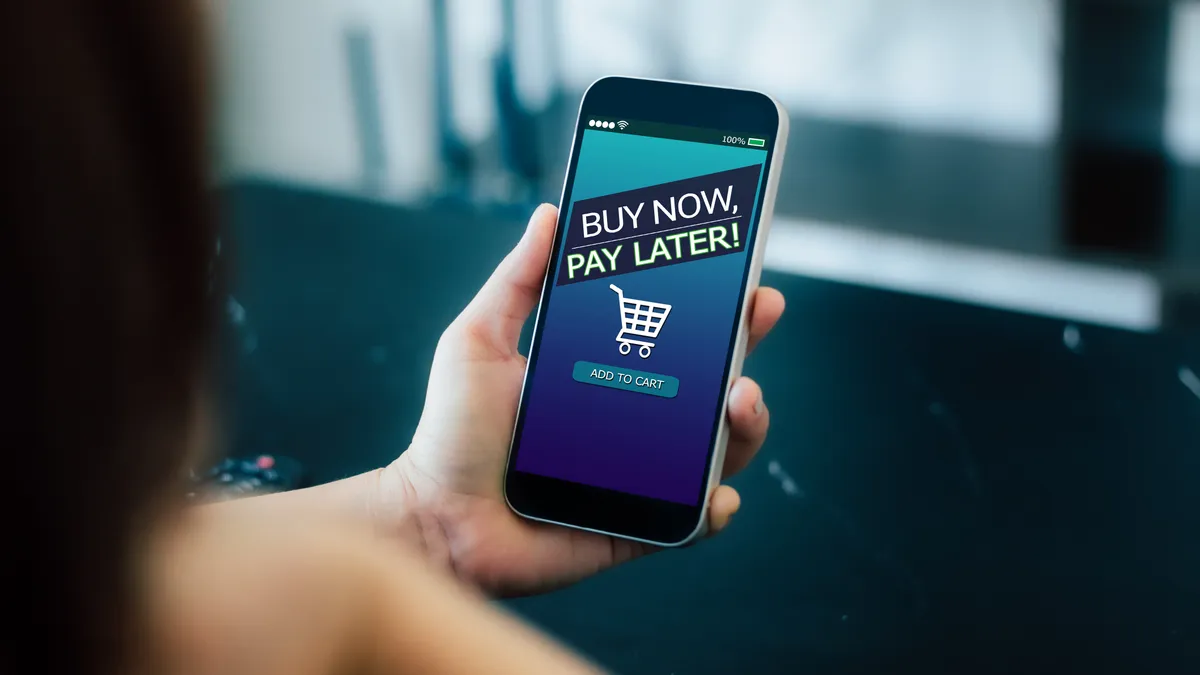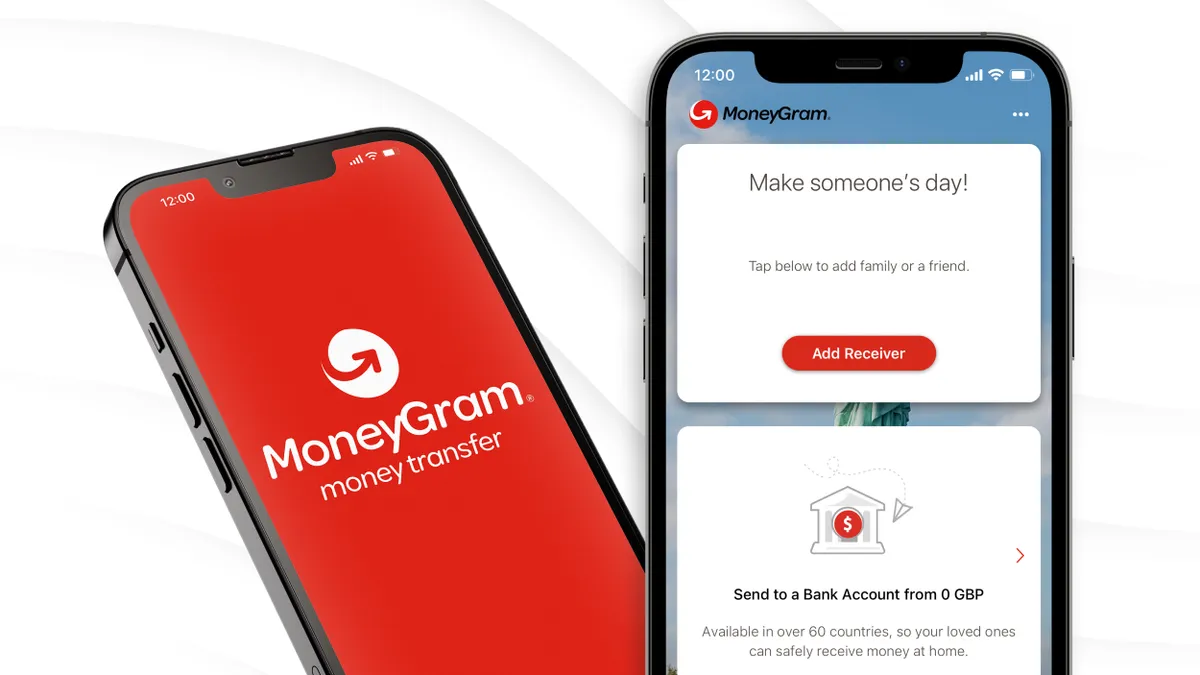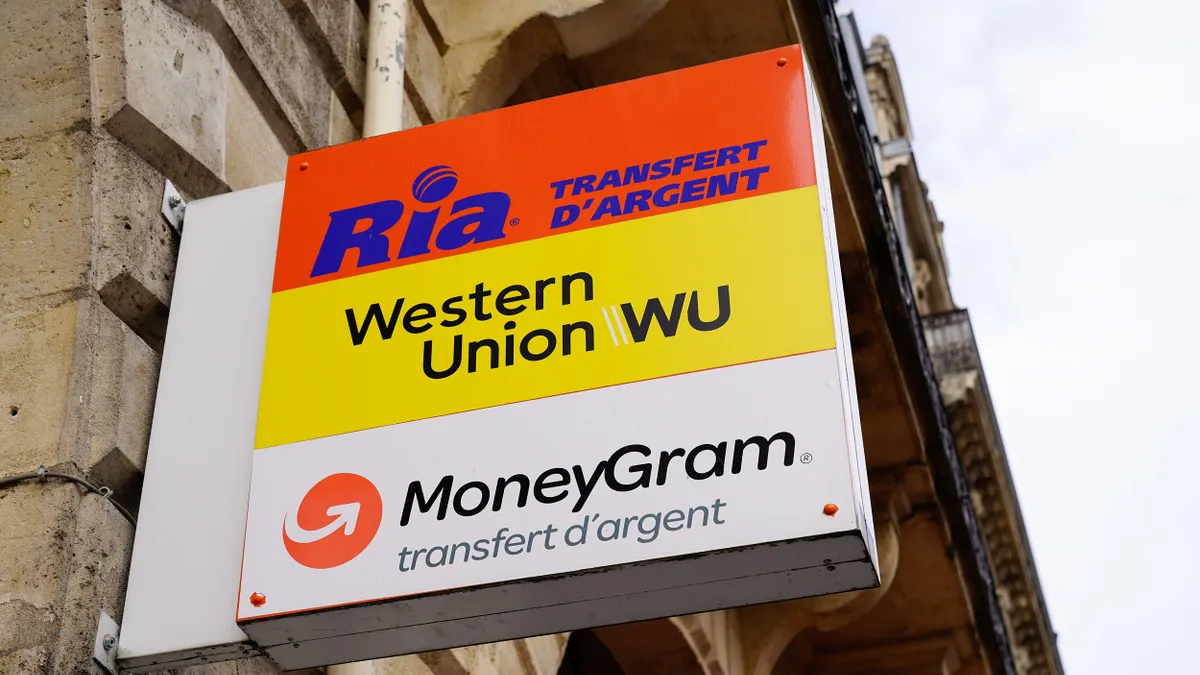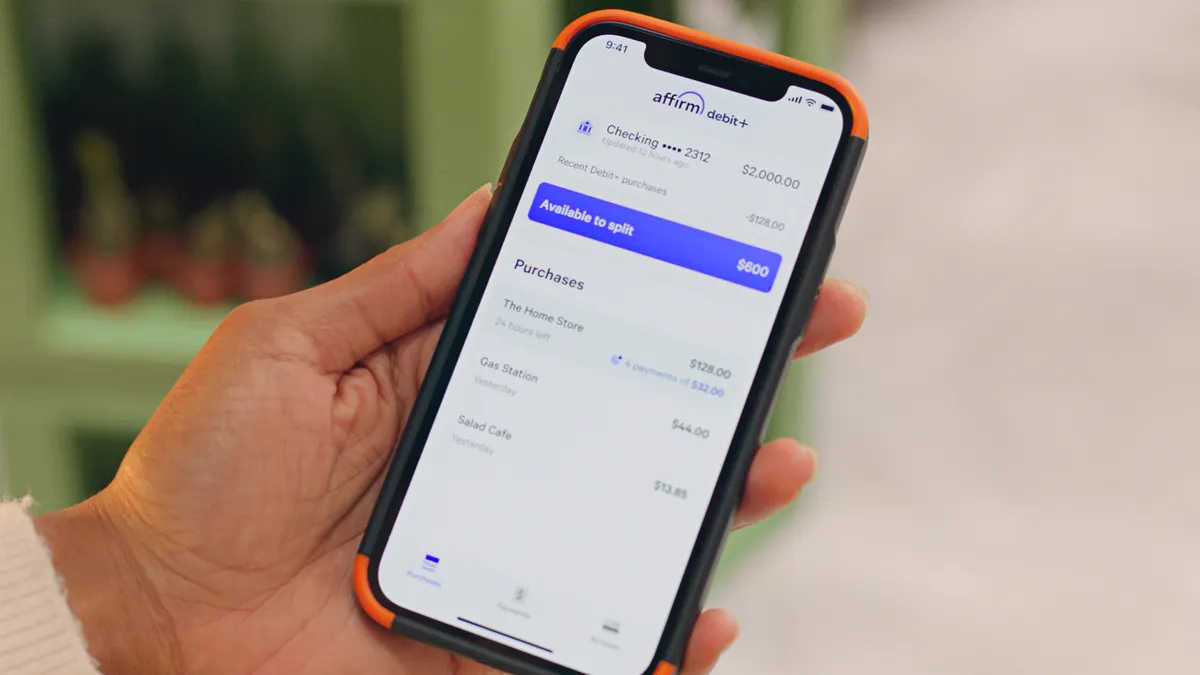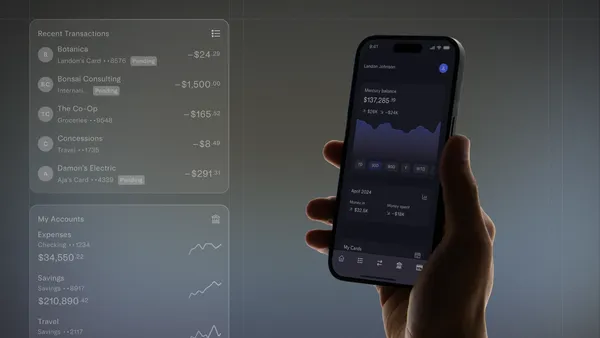In my 25 years of business reporting, I’ve never seen anything like the amount of venture capital flowing into the payments space--it’s just staggering.
Since launching PaymentsDive coverage on March 1, I’ve watched in amazement as billions of dollars flow to young companies remaking everyday payment systems that power the global economy. It’s changing the way migrant workers send money to home countries, how employers compensate workers, and how businesses pay suppliers, among so many other things.
Investments directed at this corner of the financial services industry reached a record $6.03 billion in the first quarter, and money has continued to wash over it since then, with investors directing another billion dollars to U.S. payment companies in May. The increase was happening before last year, but it accelerated in the wake of the pandemic.
Of course, this trend is part of a unique moment in history, with a tragic and deadly pandemic that took hundreds of thousands of lives now strangely morphing into a U.S. business boom as the country emerges from restrictions that were meant to contain the virus.
U.S. stock markets have risen 30-plus-percent over the past year, as companies kept chugging along from employees’ home offices despite the devastation to stores, hotels and restaurants. And the U.S. is reporting quarterly GDP growth figures not seen in nearly 20 years, with a first-quarter increase of 6.4%. Daily traffic jams in Chicago are giving me a personal glimpse of the pent-up demand being unleashed.
Against this backdrop, payment companies are having their own awakening, spurred by a COVID-related surge in e-commerce. While some 20th-century payments companies are household names, such as credit card giant Visa and digital payments processor PayPal, the bevy of young companies driving the industry’s change and filling their coffers with venture capital are names most Americans have never heard.
They’re businesses that don't have the swagger of a space travel company, and they don’t routinely grab headlines like their fintech cousins in cryptocurrencies. They are Stripe, a company now valued at nearly $100 billion, providing business web site tools to manage and accept payments; Klarna, a Swedish company that recently raised $639 million for its business of letting consumers buy goods with digital installment payments; and Marqeta, a next-generation credit card company that this month provided an $800 million initial public offering windfall to one of its investors, legacy card company Discover Financial.
As I’ve wondered why these payments companies have become such magnets for money, two quippy answers have turned up. First, there’s money in money. That’s been the case with payments companies for decades, with old-school players like credit card companies and payment processors reliably taking their middleman slice of transactions to the tune of billions of dollars annually. Visa, the biggest card company, earned $22 billion in revenue last year.
Second, remember the punchline to the joke about why robbers target banks: because that’s where the money is. This new breed of payments companies is taking aim at traditional banking and payment processes that failed to keep up with digital advances. COVID-19 just provided a real world test proving their innovations work, and super-charging their appeal for investors. So, the payment newcomers are both drivers and beneficiaries of the business boom underway.
While ambitious startups have targeted the cash flows of mighty banks and giant payments companies for decades, challengers have typically been subdued, or absorbed. The new breed of fintechs may not be so easily vanquished. Their mission to disrupt existing payment paths was aspirational a few years ago, but is now very real.
Their prospects are buttressed not only by the huge sums they’re attracting, but also by the track records of the people investing. Their investors are not fringe players--they’re the biggest names in venture investing, like venture capital firm Andreesen Horowitz, hedge fund giant Tiger Global Management and PayPal Founder Max Levchin. They recognize the potential for profit.
When I talked recently to Ralph Dangelmaier, CEO of Waltham, Massachusetts-based BlueSnap, a company that aids middle-market companies in accepting payments from all over the world, he hedged his estimate of that market. People in the industry generally estimate it’s worth $125 trillion, with penetration today of less than 20 percent, he said. “I say these numbers and no one believes me so I just say it's trillions,” he told me.
He’s not an industry newbie with stars in his eyes. Dangelmaier worked for ACI Worldwide, one of the biggest global payment networks for 16 years, including as president of ACI global markets and services, and he serves presently on the board of the Electronic Transactions Association. His sentiments were similar to those I’ve heard from other experienced executives who see a very long runway for payments.
Cryptocurrencies, and the blockchain technology that underpins them, may hold promise for a future financial revolution, but this payments renaissance is happening now, with hundreds of innovations reshaping how money flows both in the U.S. and across international borders. The two aren’t unrelated, but cryptos aren’t being adopted the way digital payments are.
Digital payments have become commonplace between individuals, but businesses, surprisingly, have been slow to follow suit. “A lot of businesses are still paying their vendors with paper checks,” said Alex Kern, a senior analyst at CB Insights. But COVID is changing that now, after payments professionals encountered the absurdity of going to the office to write and send a paper check. The bar has been set higher for business now, Kern said.
The run-up in the U.S. economy may be tied to a digital transformation that goes way beyond game-changing tech moments of the past, like the dot.com era at the turn of the millennium, or the more recent FAANG gang growth spurt.
The wealth being created in the stock market appears to be moving right back into new ventures. At least that’s the way it looks in payments, with no end in sight for the money chasing shiny new payment fintechs. It will ebb, as it always does, and then the fascinating next chapter will reveal whether, when and how the billions of dollars in investments pay off in the payments sphere.







